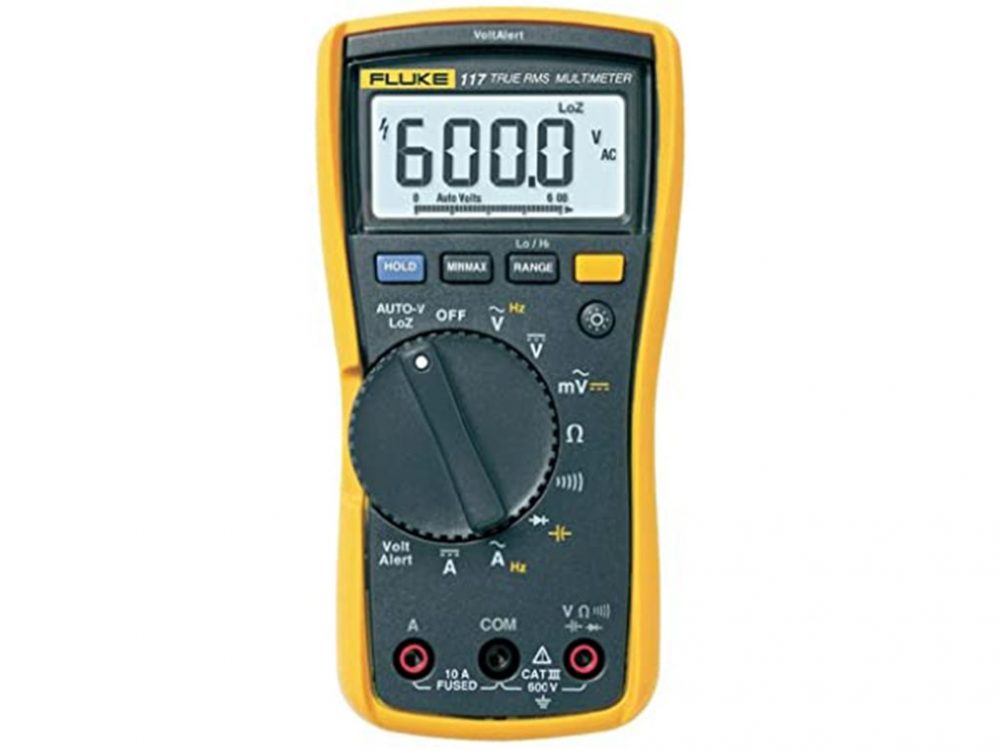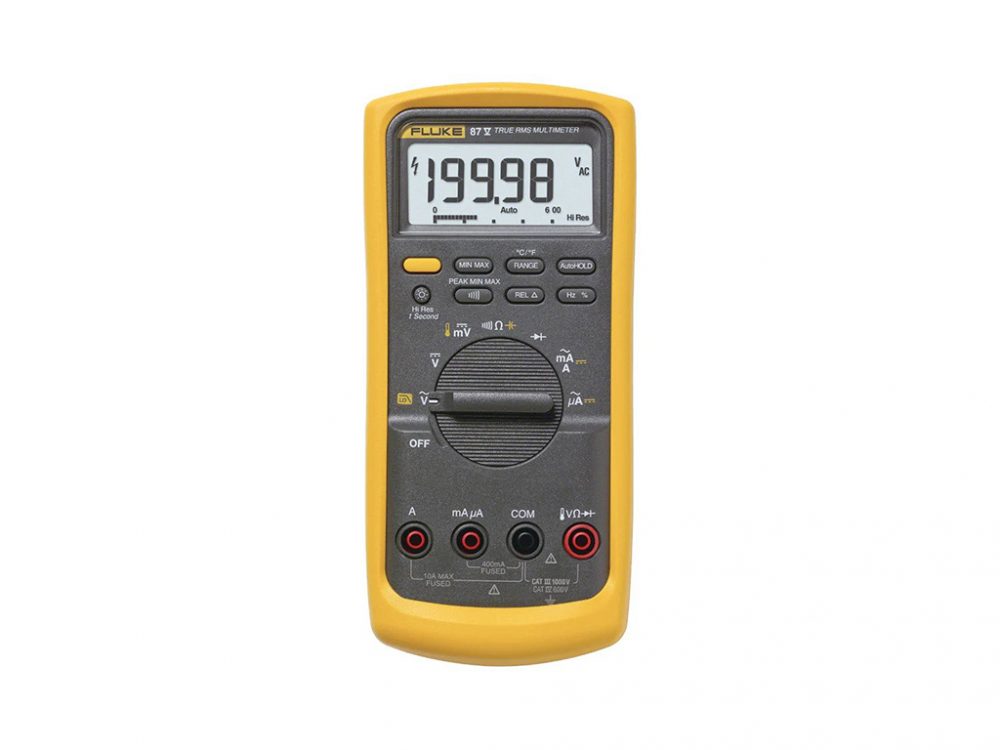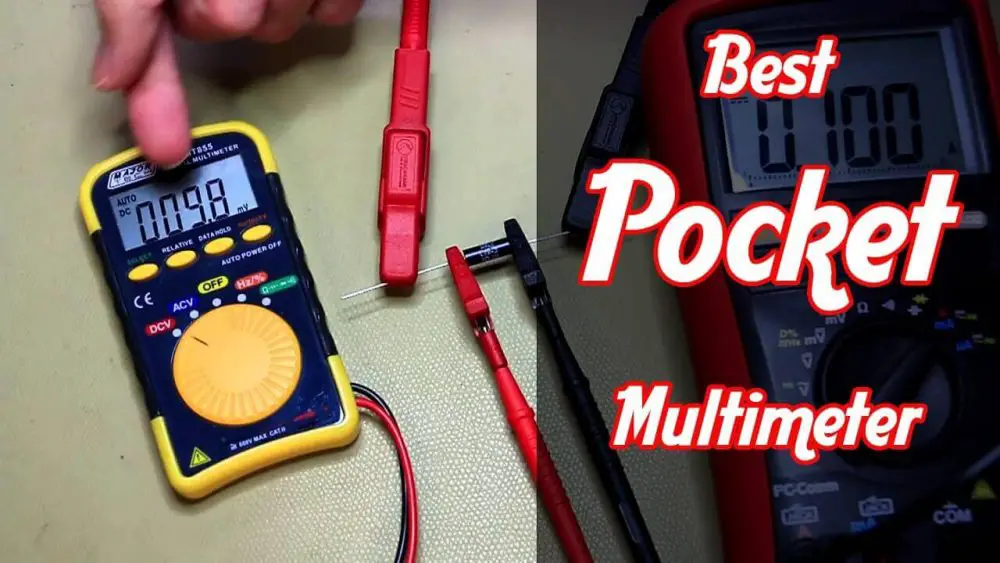Fluke 117 vs 87 Multimeters comparison & review
Fluke is one of the most popular and trusted multimeter brands in the market. They have a wide range of products that are used by many industries and businesses. The products are globally known for their accuracy and reliability. Fluke brand multimeter has a large range of products that can measure currents, voltages, resistance, temperature, humidity, and other parameters. It’s a multi-purpose tool that can be used for measuring voltage, current, resistance, etc.
This article will compare the Fluke 117 electrician’s multimeter and the Fluke 87 V industrial multimeter. We will look at some of their features and discuss who might benefit from using them. Finally, we will give our opinion on which of these two multimeters is the better buy.
Fluke 117 vs Fluke 87:
The main difference between Fluke 117 and 87 is defined as the Fluke 117 multimeter, often known as an electrician’s multimeter, Excellent meter for use in places like commercial buildings, hospitals, and schools. The 117 includes non-contact voltage detection built in to help you get the job done faster.
The Fluke 87V multimeter, commonly referred to as an industrial meter, offers the accuracy and resolution required to troubleshoot motor drives, automation, and electromechanical equipment.
If you’re looking for a top-of-the-line multimeter, compare the Fluke 117 with Fluke 87. The 117 is ideal for checking current, voltage, and resistance, whilst the 87 is built primarily for electrical troubleshooting. Both metres are incredibly accurate and long-lasting, but which is best for you? We will help make your decision by giving Fluke 117 and Fluke 87 reviews and comparisons. We not only compared them, but we also reviewed each one separately.
Comparison Table Fluke 117 VS 87v
| FEATURES | FLUKE 117 | FLUKE 87 |
|---|---|---|
| Current AC | 10A | 10 A (20 A for 30 seconds maximum) |
| Current DC | 10A | 10 A (20 A for 30 seconds maximum) |
| Voltage AC | 600V | 1000 V |
| Voltage DC | 600V | 1000 V |
| Temperature | No | –200.0 °C – 1090 °C –328.0 °F – 1994.0 °F |
| Resistance | 40 MΩ | 50 MΩ |
| Non Contact Voltage(NCV) | N/A | Yes |
| Ranges | Auto/Manual | Auto/Manual |
| CAT Rating | CAT III | CAT III / CAT IV |
| Max. Frequency | 0.05 MHz | 0.2 MHz |
| Display | Digital | Digital |
Fluke 117 Full Review
Fluke 87V Full Review
Buying Guide for Fluke 117 vs Fluke 87
True RMS:
True RMS stands for True Root Mean Square Using this feature you can accurately measure AC (alternative current) or alternative voltage on non-linear signals, etc.
Fluke 117 and Fluke 87 Both are True RMS.
CAT Rating:
CAT stands for Category, and Category rating classifies multimeter resistance based on how it reacts to voltage spikes. While testing electrical systems, it is safe to use a multimeter with certified CAT ratings sufficient to complete the necessary workload. The higher the rating, the more resistant the multimeter is to unexpected voltage increases.
The Fluke 117 multimeter is rated at CAT III 600 volts.
The fluke 87 is more potent with the CAT III 1000V / CAT IV 600V rating.
Voltage:
The Fluke 117 multimeter is an excellent tool for measuring voltage. It has a maximum voltage measurement of 600 volts, making it suitable for use in a wide range of applications. The metre is also incredibly precise and simple to use, making it a popular choice among both experts and hobbyists.
The Fluke 87 is a multifunctional multimeter capable of measuring AC and DC voltages up to 1000 volts. Other functions include capacitance and resistance measurements.
Current:
The Fluke 117 is a great tool for measuring current. It can measure up to 10 amps and read a 20 amp for around 30 seconds. This is a great tool for electricians, as it can help them quickly and easily measure the current running through a circuit. The Fluke 117 also has a backlight, which makes it easy to read in low light conditions.
The Fluke 87 is a multifunctional multimeter capable of measuring currents of up to 10 amps. Other features include voltage, resistance, and capacitance measurements. As a result, the Fluke 87 is suitable for a wide range of jobs, from basic electrical testing to more advanced responsibilities such as troubleshooting motors or wiring systems.
Resistance:
The Fluke 117 is a digital multimeter that is designed to measure resistances up to 40 MΩ. This makes it a helpful tool for electricians, who need to be able to measure high-resistance values. Additionally, the Fluke 117 has other features that make it useful for electrical work.
The Fluke 87 is a digital multimeter designed to measure resistance up to 50 MΩ. Because of its high resistance measurement capability, the Fluke 87 is an important tool for HVAC equipment and electrical appliance testing. The meter also has a wide range of other features, including voltage, current, and capacitance measurement capabilities.
Temperature:
If you’re looking for a multimeter with a built-in thermometer, the Fluke 117 is not the one. This meter doesn’t measure temperature, which can be a disadvantage if that’s something you need. However, the Fluke 117 is still a great choice for those who need a reliable and durable multimeter. It has a variety of features that make it an ideal tool for many tasks, and it’s backed by Fluke’s reputation for quality.
The Fluke 87 is a built-in thermometer that is used to measure temperature. The thermometer is ideal for use in a variety of industries. The device has a wide range of applications, making it an essential tool for many businesses. The thermometer is accurate and easy to use, which makes it a popular choice for many professionals.
Conclusion: Fluke 117 vs 179: Which One’s Best?
The Fluke 117 is an outstanding advanced multimeter with several user-friendly features. Fluke 177 and Fluke 87 both have some common features. However, The Fluke 87 multimeter is better than the Fluke 117 multimeter, but only if you require the extra features that it provides. The Fluke 117 will completely satisfy the majority of home hobbyists and electricians. The manufacturer backs both of them up with a warranty, which indicates a lot about the quality of the products.






